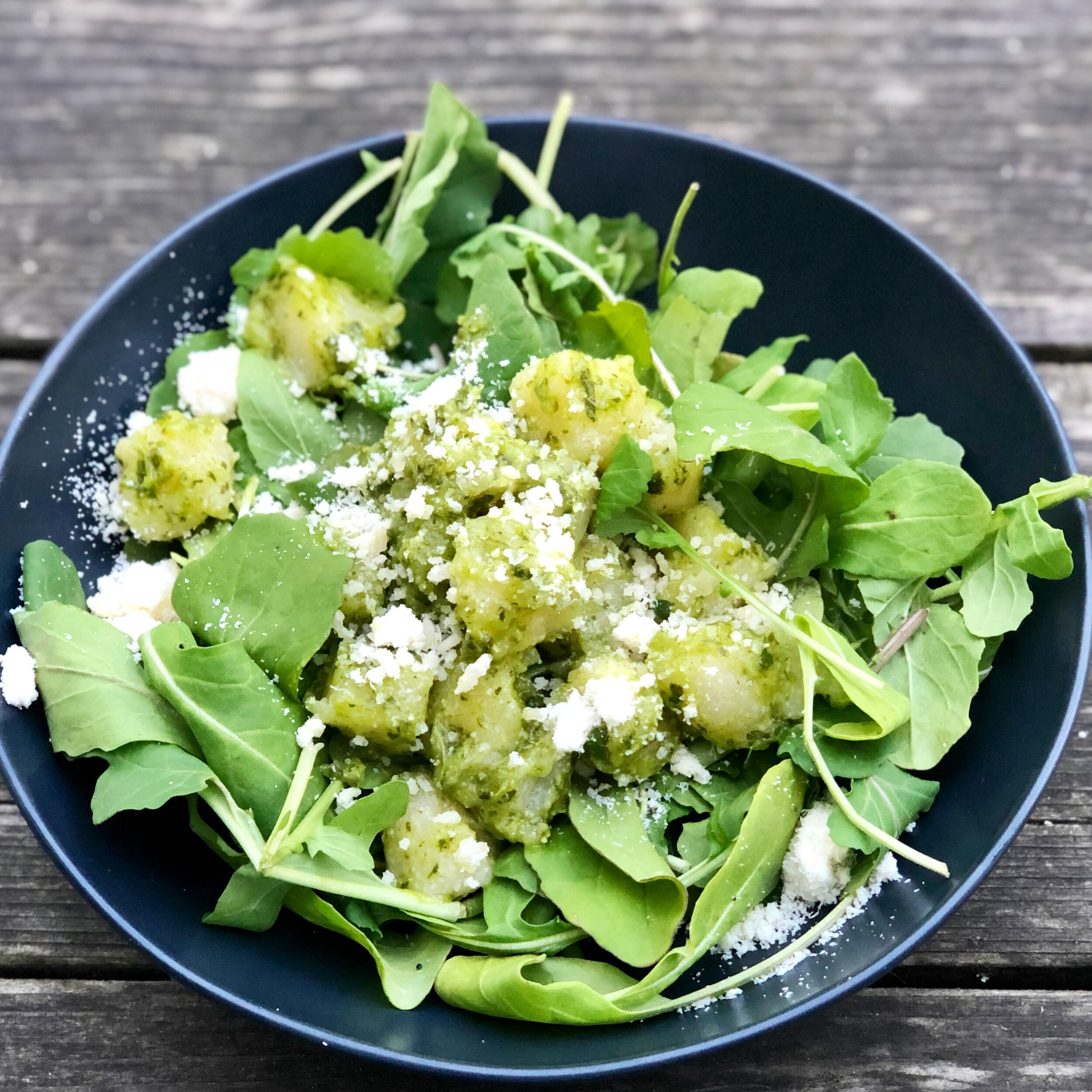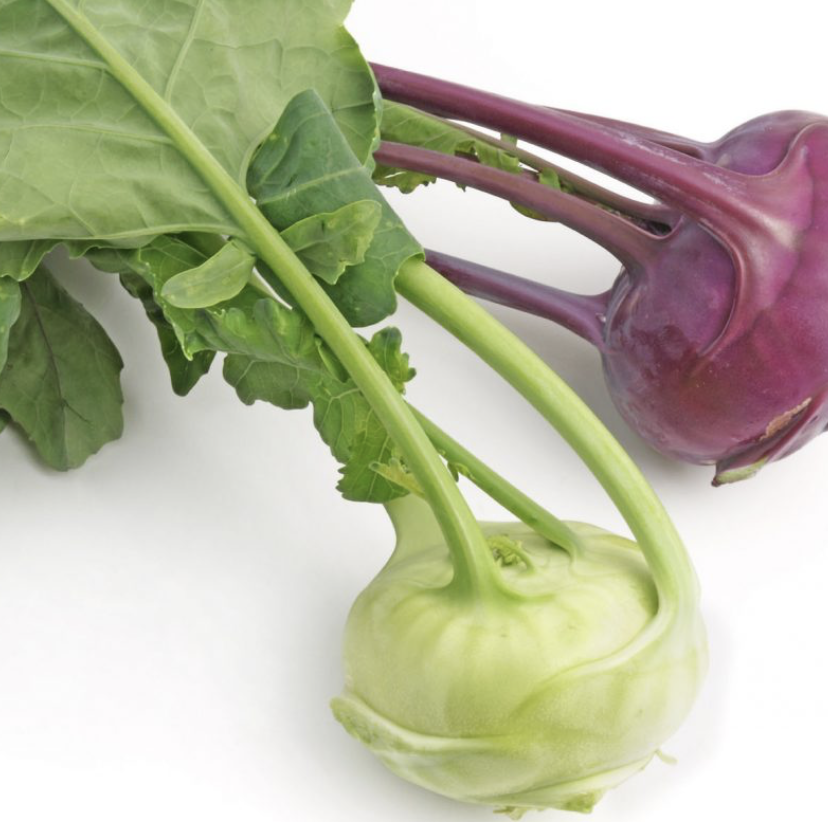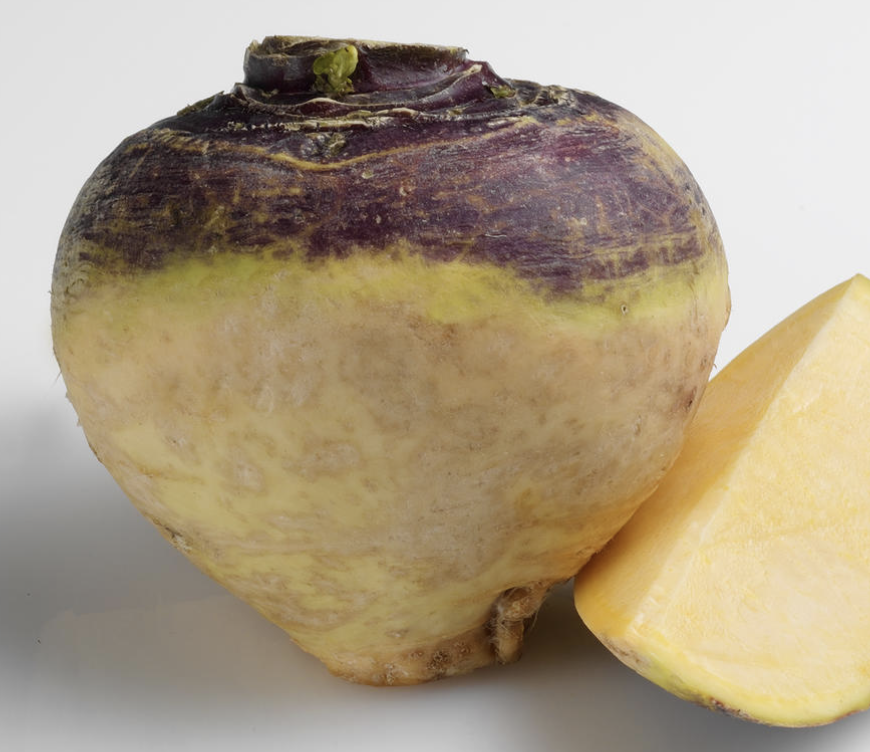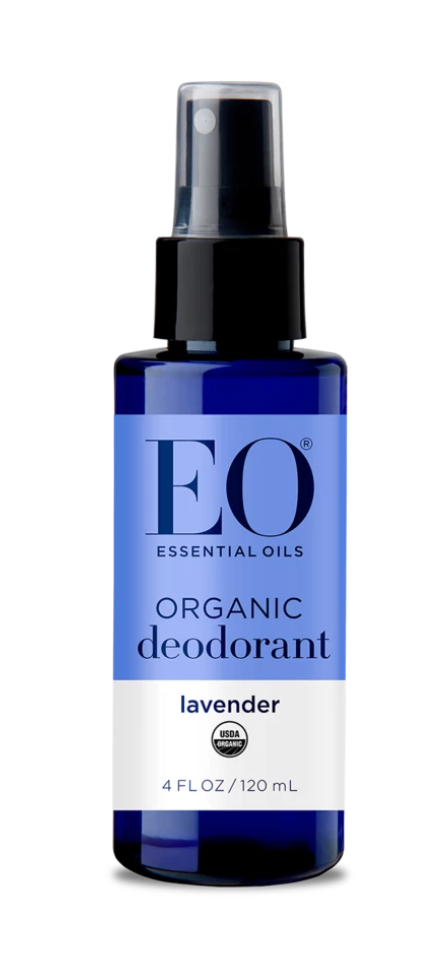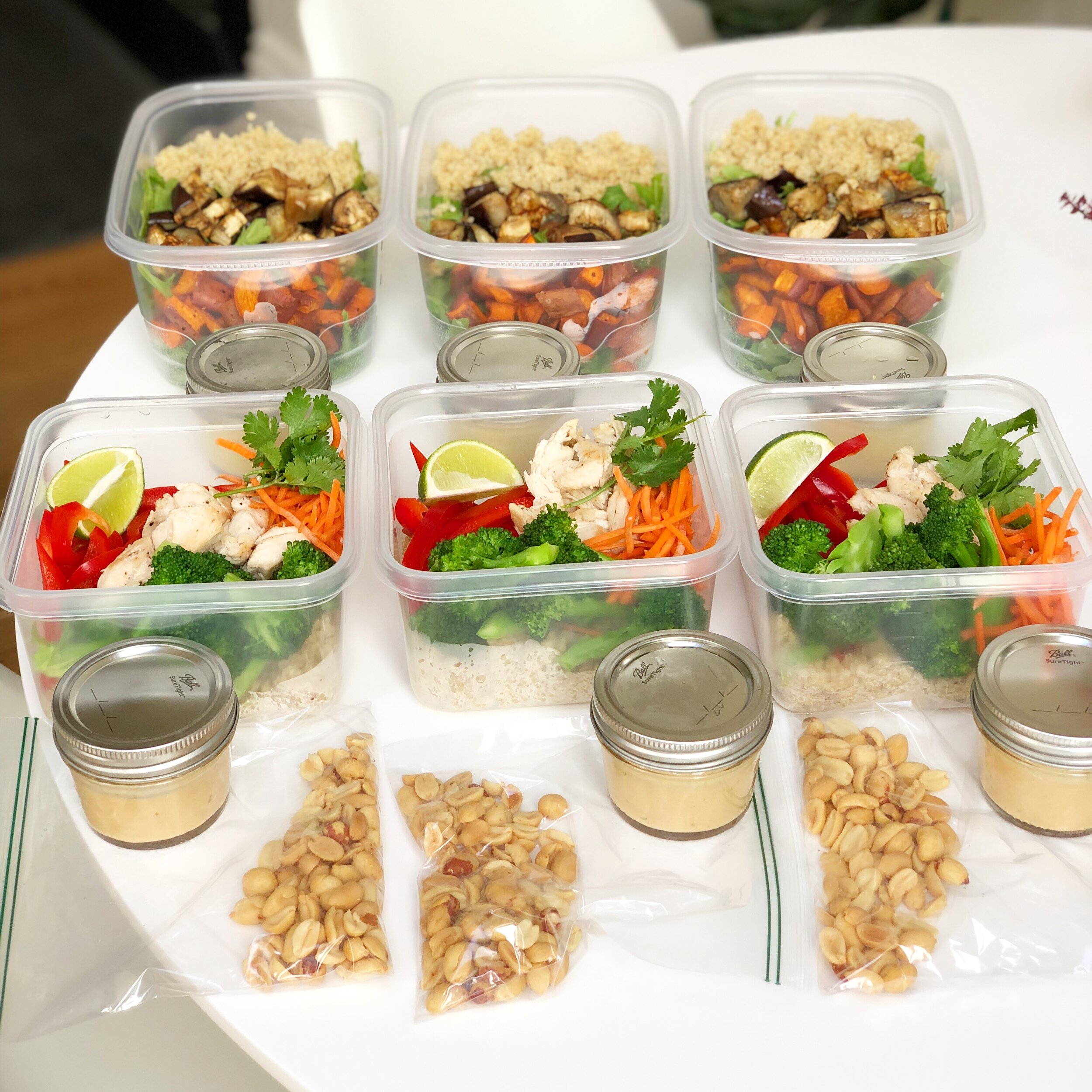With the rapid spread of coronavirus and the many restrictions we now face, many of us might be feeling worried, anxious, and overwhelmed. What can we do right now? We can take care of ourselves and our loved ones, we can do our best to support our communities and local businesses, and we can try to see the positive in all of this.
How to Take Care of Ourselves and Loved Ones:
Eat Well - consume nutrient-rich foods loaded with vitamins and minerals to keep your immune system in great shape! Try to eat lots of colorful veggies, fiber, protein, and healthy fats at each meal!
Sleep - this is a great time to focus on getting enough sleep and finding a sleep routine that works for you. Plus, sleep also supports a strong immune system!
Stay Hydrated - We need to stay hydrated in order to keep our cells, tissues, and organs functioning optimally!
Practice Mindfulness - Meditation or other mindfulness exercises can reduce stress and anxiety, which is especially important as so much scary and depressing activity is taking place in the world around us.
Stay Active - While gyms and yoga studios are closed, try to find ways you can keep moving, whether that’s through online workout videos or getting outside for walks/runs.
How to Best Support Our Communities:
Right now our communities and local businesses are struggling. Many are out of a job and businesses fear for what’s to come with having to shut down or greatly reduce their services.
Support local restaurants by getting take-out/delivery if that’s an option. Many are also offering gift cards for future use, which will help keep them afloat at the moment.
Reach out to neighbors, especially those who are elderly, sick, or with kids at home, and offer to make meals or pick up groceries for them.
Consider supporting those businesses who are dependent on you, for example house cleaners. Continue paying them (at least partially) during the weeks you cannot use their service if that’s a financial option for your family.
Shop local as much as you can! Look up your favorite local businesses and their websites will often share news of how you can help - whether that’s a yoga studio, your juice shop, or your community library.
Think about the community as a whole, not just yourself. Are you abiding by the regulations that are in place in your city? Are you doing what you can to keep yourself and others safe?
How to See the Positive:
All of us are feeling the immediate impacts of the COVID-19 restrictions in place. Many are now being forced to work from home, keep their kids home from school, cancel travel plans, postpone weddings and other important events, and so on. While it’s okay to feel bummed about the changes in our lives, we can also take a step back, reflect, and see the positive in all of this. Our lives these days are so on-the-go that we rarely have the time to reflect and remember what’s important, like spending quality time with our families, helping those in need, and paying attention to the health of our mind and body. Now, we are in a position where this is somewhat forced upon us - so let’s try our best to enjoy it!
Getting started on the watercoloring again!
We are forced to slow down. Our social calendars are empty and travel plans are cancelled. We can relax, read books, go for long walks, catch up on movies and TV shows, do more home cooking, and spend time with our family members at home.
We can reach out to friends and family and really connect. Facetime your high school and college friends. Reach out to your parents and siblings. Take this time to catch up with one another!
With more free time, we can take up new hobbies that we’ve been wanting to try! For me, that is watercoloring. I took a class about a year ago and haven’t touched my paints since! My goal is to do some painting a few times a week.
With the reduction in travel (by car and airplane) and non-essential businesses not in operation, we are doing wonders for our environment. The air is cleaner as carbon dioxide emissions are greatly decreasing.
All around us, people are doing what they can do for those they love and for those in their community. We are seeing the good in so many people as we witness acts of kindness every day. Let’s keep this up and keep doing our parts!

